Final Project
Establishing the prevalence of fatigue in frontline ambulance service personnel in the United Kingdom
Across the globe it is widely documented that paramedics experience high levels of fatigue and this has been shown to negatively impact on the incidence of clinical errors, driving safety, clinician injury and staff burnout. With little UK based research identified, this project set out to establish the prevalence of fatigue in a small sample of frontline ambulance service personnel within the UK to determine whether the findings are comparable to other countries. Several potential fatigue influencing factors were identified which could be used to better target fatigue management measures.

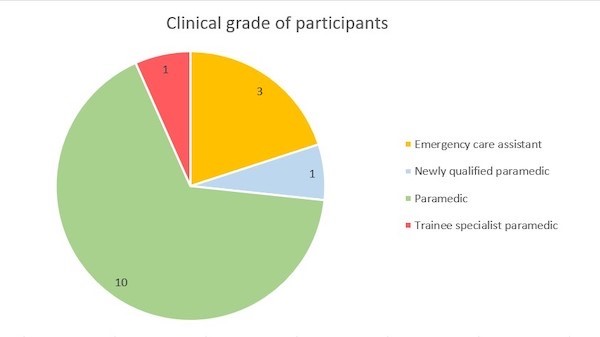
Methods
A mixed methods approach was adopted for this study. Participants (n=15) recorded their sleep habits, shifts and twice-daily fatigue scores across a two-week period. Additionally, a sub-sample (n=4) were interviewed to gain a deeper understanding of their experiences of fatigue whilst working for an ambulance service in the UK.
Participants were of four clinical grades: emergency care assistant (ECA), newly qualified paramedic (NQP), paramedic and trainee specialist paramedic (trainee SP).
The mean age of participants was 40.73 years and mean length of service 9.59 years.
Quantitative results
- Night shifts (starting from 18:00) were found to be the most fatiguing shift type compared to day shifts (starting before 10:00) or late shifts (starting between 10:00 – 17:59).
- On average, fatigue levels were highest in the NQP and lowest in ECAs.
- The lowest total sleep duration recorded was just 70 minutes between a rest day and a day shift.
- The most fatiguing type of work was found to be where participants had a roughly equal split of time between attending incidents and holding at hospital, whilst the least fatiguing type of work was when participants were holding outside hospital for the majority or whole duration of their shift.
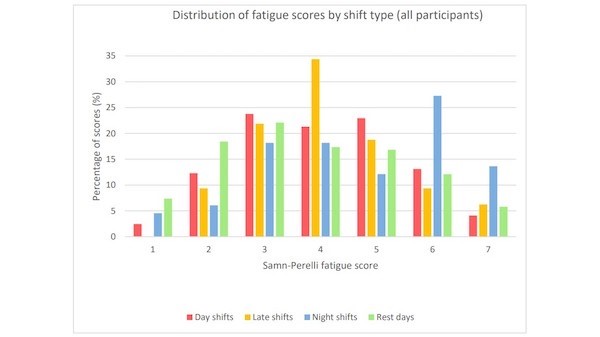
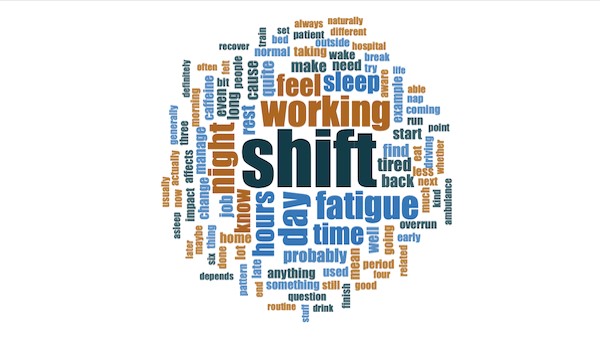
Qualitative results
Thematic analysis identified eight key themes:
- Impacts of shift work (e.g. lack of routine and reduced time with family).
- Impacts of fatigue (e.g. reduced concentration levels, compassion fatigue and safety concerns around driving and micro sleeps).
- Impacts on fatigue (e.g. mental stimulation, shift type and lack of sleep).
- Management of fatigue (e.g. use of caffeine, napping and prioritisation of sleep).
- Shift planning (e.g. the advantages and disadvantages of full time relief compared with following a rota).
- Rest periods (e.g. the minimum required length).
- Comparison to other industries (both with and without shift work).
- Suggested improvements to reduce fatigue levels.

Discussion
It can be summarised that the ambulance service personnel within this study were moderately fatigued and often experience peaks of high fatigue due to their work. Night shifts were found to be the most fatiguing shift type, however this could be contributed to by cumulative fatigue across the cycle of shifts as night shifts are usually the final shift type in a rotational shift pattern.
Whilst age and years of service have been identified as predictors of fatigue in previous studies, no significant correlations between these factors were observed. However, it must be noted that the small sample size of this research may contribute towards a type 2 error. Clinical grade has been identified as a potential predictor of fatigue in this study with ECAs having the least clinical responsibility amongst participants and the lowest fatigue levels, however this finding is again limited by the small sample size and unequal numbers of participants of each clinical grade.
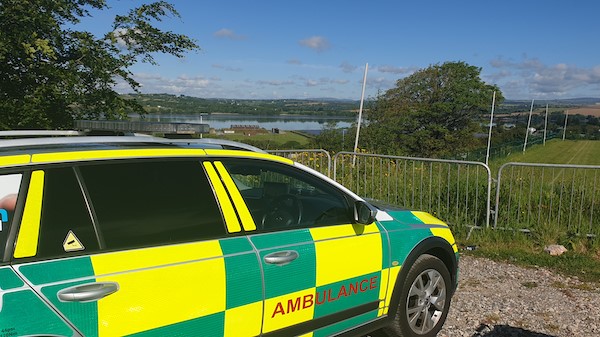
Real world implications
The findings from this study suggest that like emergency medical services across the globe, ambulance service personnel in the UK experience high levels of fatigue, with resultant negative implications for staff, their families, and patients alike.
Further research is required to determine causality between
shift type, type of work and clinical grade as potential fatigue-influencing factors.
By gaining a more thorough understanding of fatigue-influencing factors, it would enable fatigue management approaches to be better targeted.
Other work

Patient safety: A combination of systems models and maps (including Systems Engineering Initiative for Patient Safety (SEIPS), Hierarchical Task Analysis, Centre for Applied Resilience in Healthcare Resilience Engineering model and Healthcare Failure Mode and Effect Analysis) were used to analyse a patient cohorting system in an Emergency Department and identify areas where resilience could be improved. Appropriate recommendations to improve resilience were made.
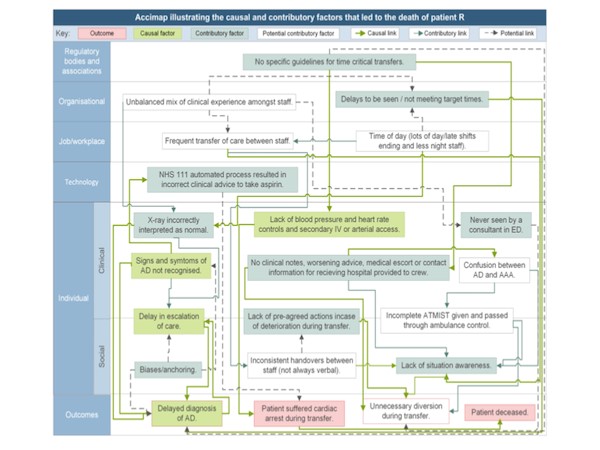
Human Factors and systems: The causal and contributory factors leading to the delayed diagnosis of an aortic dissection were explored across a range of systems levels. Multiple systems models were utilised to portray the interrelation of these factors, including an AcciMap and SEIPS. SMART recommendations were made to prevent the reoccurrence of similar incidents in the future.
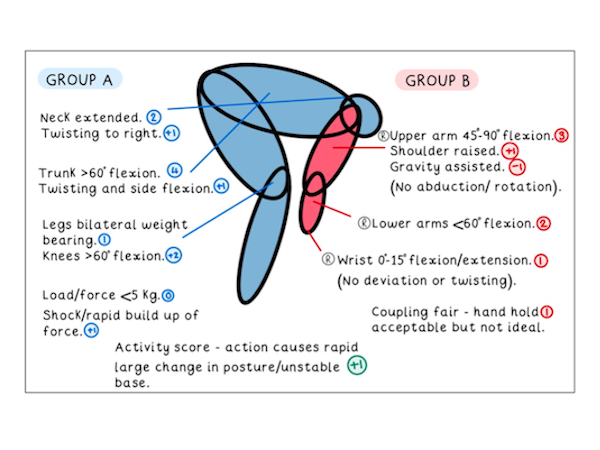
Physical ergonomics: The task of setting up a patient carry chair was analysed, considering postural, anatomical, physiological, biomechanical and anthropometric factors. Two participants were observed completing the task and a variety of methods were used, including postural analysis tools and physiological and anthropometric measurements. Subsequently, a range of ergonomic recommendations were made to improve the ease of completing this task and reduce the likelihood of operator injury whilst setting the carry chair up for use.
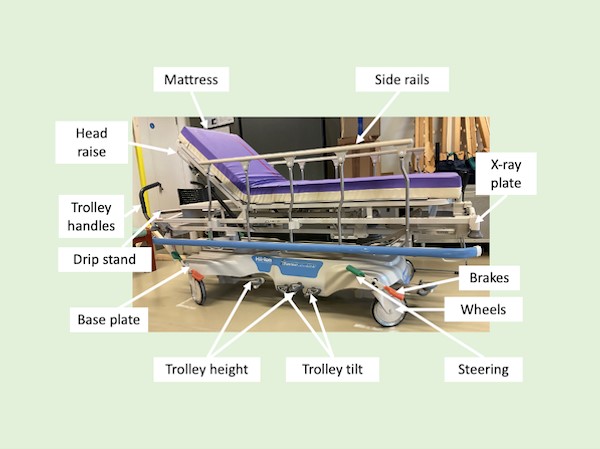
Patient safety: X-ray trolley usability was assessed using a combination of objective measures (error rates and time taken to complete a pre-specified task requiring users to utilise key functionalities of the trolley) and subjective ratings (user satisfaction responses from an end-user questionnaire). Results were analysed and the implications for procurement were considered.
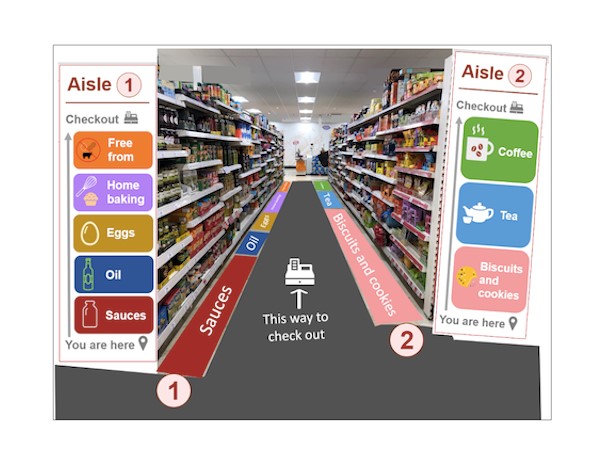
Inclusive design: The accessibility, usability and acceptability of a supermarket service were assessed considering the needs of a user with young-onset dementia and their desire to maintain independence. This was undertaken by observing a user with young-onset dementia completing their routine shopping and interacting with different elements of the service. Barriers were identified and recommendations made to overcome these.

Interaction and experience design: A digital prototype was produced for a mobile application designed to reduce the amount of time that young people spend on their phones and to get them involved in other activities, whilst allowing parents to keep track of these. Usability testing was completed on a representative group of users, considering error rates and length of time to complete certain tasks using the application, as well as user satisfaction. This was used to inform further development of the application.
Awards
- BSc (Hons) Paramedic Practitioner (2020)
Experience
- >3 years post-registration experience working as a paramedic.
- Current employment: Trainee Human Factors Health and Safety Specialist.
Visionary Thinkers
Visionary Creators
Visionary Makers
